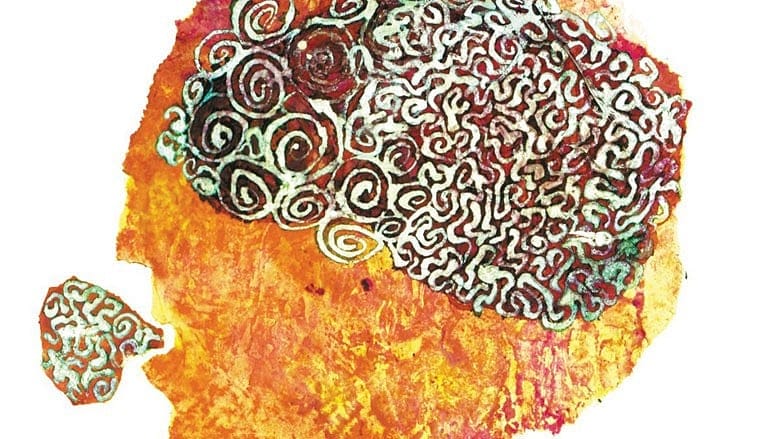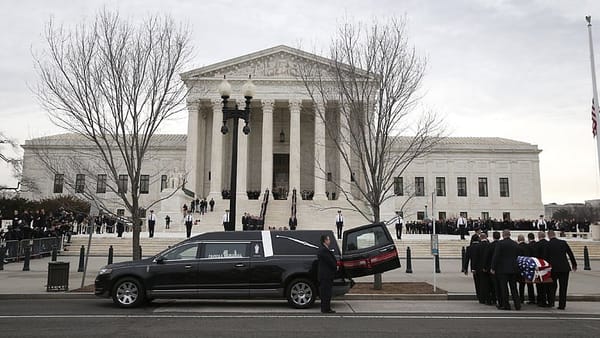Out of West German recession comes krautrock

In 1966 the West German economy fell into a recession. West Germany's post-WWII economy had proved surprisingly strong, so surprisingly it became known as "Wirtschaftswunder," meaning "economic miracle." Its sudden loss became a wake-up call for many students who began to express their dissatisfaction with the government. Additionally, that year also saw the rise of Kurt Georg Kiesinger as Chancellor of West Germany, which proved controversial. Some believed that he would move the government in an authoritarian direction, and since many students at the time were embracing the economic theories of Karl Marx, they were greatly disturbed by this idea. So they began to protest, and the German student movement was born. Although it was unsuccessful in changing the government's policies, it would have great influence on West Germany's youth culture, particularly in its music.
Young West Germans were highly interested in experimental art, especially from America and Great Britain. The strange sound of psychedelia was catching on, and would combine with emerging electronic experimentations to create krautrock, which is often described as a genre, but it more accurately simply a way of identifying where and when these various groups came from. Early electronic innovators Kraftwerk are often called krautrock, despite not making 'rock' music. Because of this, we've decided to focus on possibly the quintessential krautrock band: Can.

